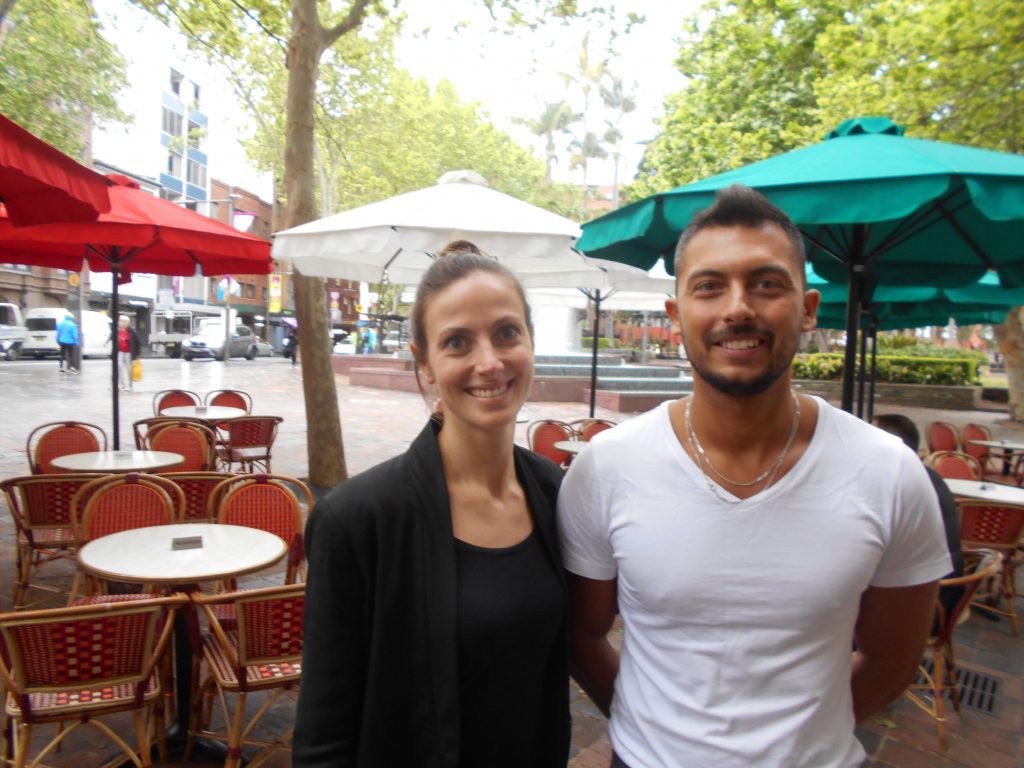CAFÉ GIORGIO

Café Giorgio has just opened at 18 Darlinghurst Road, adjacent to the heritage-listed El Alamein fountain. It’s an inside and al-fresco area and has been a favourite of locals for years. It renaissance in the Stylo Italiano is welcomed. Happy Hour (Aperitivo) is from 3pm-5pm with $5 wines and Spritzes (Apperol, Campari, Select with a slices pf orange/lime and soda)
Café Giorgio takes its name from the middle name of the owner.
There are two extensive menus throughout the day. The morning breakfast menu includes pasticcino, ciotala, panini, crostini, succo de frutta and over a dozen types of coffee and teas, served with a complimentary amoretti biscotto after noon.
Luncheon is served after midday and dinner from 5pm till late. It includes rosemary and garlic focaccia, fresh home-made gnocchi, black squid ink spaghetti with crab, braised lamb ragu, sirloin steak and parmesan-crumbed chicken etc. and zoppole, a confection consisting of a deep-fried dough balls of varying sizes, usually topped with powdered sugar, and may be filled with custard, jelly, cannoli-style pastry cream, or a butter-and-honey mixture and/or, cinnamon and vanilla bean gelato. All overseen by Capo Cuoco (Head Chef) Carlo.
About one third of the staff speak Italian as they work across snowflake crystal mosaic floor. The trompe-l’œil of Rome’s forum ruins and Napoli on the rear wall looks down on the whole scena.
Guests sit at Italian Calacutta gold marble tables and outside under parasols of the Italian national flag colours of green, white and red. Ciao!
Yvonne, the manager, is from The Netherlands and exudes charm and grace whilst the Campione Barrista, Dario, enthuses customers with his brio and vivace service; faster than a Ferrari Monza V12 SP1 (0-100 km/h, 2.9 secs). He’s from Ostuni, population 25,000, in Italy’s Apulia region, known for its whitewashed old town and Gothic, Romanesque and Byzantine elements. Both say they are enjoying a love affair with Sydney.
Dario loves Sydney, its friendly people and opportunities.
The café’s ambience creates a typical Italian “calore”, or inviting warmth.
It has a Euro sense of space and place complementary to locals’ own grace and pace.
By Andrew Woodhouse, Heritage Solutions





